Your doctor orders an MRI. It's an important test to figure out a health issue. But then you remember your permanent makeup, like your eyebrows or eyeliner, and you start to worry. This thought can be unsettling, but it's a valid and important one to consider. You can rest assured that having an MRI with permanent makeup is typically a safe procedure, as long as you know a few things and take some simple steps to be prepared.
Why Is Permanent Makeup a Concern for MRIs
It is helpful to know why your permanent makeup is even a topic for MRIs. The whole reason is simple. It is about how the powerful MRI machine works with the ingredients used in the cosmetic ink.
How an MRI Machine Works
An MRI machine is a special medical camera. It uses a very strong magnet and radio waves to see inside your body. When you are inside, the magnet lines up tiny particles in your body. The machine then sends radio waves that move these particles. When the radio waves stop, the particles go back into place and send out signals. A computer uses these signals to create a detailed picture.
The main thing to remember is that the machine has a super strong magnet.
What Is Inside Your Permanent Makeup Ink
Permanent makeup is meant to last a long time, and that needs stable color. To do this, many inks, especially older ones, have iron oxides in them.
Iron oxides are safe for your skin and give the ink natural-looking colors like brown and black. But, as the name "iron" suggests, these tiny color particles are metallic. Different pigments for permanent makeup can have different amounts of these particles.
The concern is what happens when these tiny metal particles in your skin meet the strong magnet of the MRI machine. The magnet can pull on them, and the radio waves can make them heat up.
This is the main reason there are safety rules. It is also why talking to the medical team is the most important thing you can do.
What Are the 3 Potential Risks of an MRI with Permanent Ink
Serious problems almost never happen. But knowing what could happen helps you stay in control of your health. The safety rules are there to stop these rare events from happening.
Skin Heating or Burns
This is the biggest safety worry, but it is very rare. The radio waves from the MRI can make the iron particles in your permanent ink get hot. This could make your skin feel warm, get red, or swell. In a very few cases, it could cause a small burn. The skin on your eyelids is very thin, so it is more sensitive.
Blurry or Blocked Images
The metallic particles in the ink may distort the MRI's image. This may result in a blurry area, a shadowy spot, or a distorted form on the scan referred to as an "artifact." If the permanent makeup is in the same area that the physicians need to observe, such as tattoo eyeliner during a brain scan, it may obscure significant information.
Unusual Skin Feelings
Some individuals experience mild tingling or pulling on their skin in the areas where makeup is. This is because the magnet is acting on the ink particles. This is usually not painful; it is an indication of an interaction, and you need to inform the MRI technologist immediately.
These things can happen, but it is extremely uncommon. The information regarding these is the first step in ensuring that they do not occur to you.
3 Key Considerations for MRI When You Have Permanent Makeup
Not all permanent makeup is the same when it comes to MRI safety. The details of your cosmetic tattoo are very important. The age, location, and color of the pigments for permanent makeup can change the level of risk.
The Age of Your Makeup (Older vs. Newer Inks)
The age of your permanent makeup is a big factor. Inks that were used 15 or more years ago were more likely to have higher amounts of iron oxide. The technology for pigments for permanent makeup has gotten much better over time. Modern inks often use better mixes with smaller particles or even non-metal colors that are much less likely to react in an MRI. Understanding whether your PMU uses organic or inorganic pigments can help predict potential MRI interactions. This means an older tattoo has a slightly higher theoretical risk than a new one.
The Location on Your Face (Eyeliner vs. Eyebrows)
Where the makeup is on your face also matters. Eyeliner is often watched the most closely. This is because the skin on your eyelids is very thin and right next to your sensitive eyes. Any heating or swelling in that area is a bigger deal for the medical staff. In comparison, permanent makeup on eyebrows and lips is usually considered a lower risk.
The Color and Thickness of the Ink
The color and how thick the tattoo is can also make a difference. Darker inks, like jet black and dark brown, used to contain more iron oxide to make the color strong and long-lasting. Also, a thick, dark line has more ink particles packed into a small space than a soft, "powder" style brow does. More metal particles could mean a slightly higher chance of a heating sensation.
All these details help you and the medical team know what to watch out for. As you can see, a new, light brown brow is very different from a 20-year-old, thick black eyeliner tattoo.

Your Step-by-Step Safety Checklist for an MRI with PMU Makeup Pigment
Knowing what to do keeps you safe. This simple checklist gives you control over the situation. Following these rules is the best way to have a safe and easy MRI.
Talk to Everyone, Early and Often
This is the most important rule. Tell everyone on your medical team about your permanent makeup.
- Tell the doctor who orders the scan.
- Tell the staff when you make the appointment.
- And most of all, tell the MRI technologist on the day of your scan.
Give Specific Details
When you talk to the technologist, give them details. Tell them the location of your tattoos (eyebrows, eyeliner, lips) and, if you can recall, roughly when you had the procedure done. This information, like the age and location of your PMU makeup pigment, helps them assess the potential risk.
Pay Attention During the Scan
The technologist will give you an emergency button to hold. Your job is to notice how you feel. If you feel any warmth, heating, tingling, or pulling where your makeup is, press the button right away. Do not wait or try to bear it. They can stop the scan instantly.
Check the Area After
After the scan, check your skin. Look for any redness or swelling. Most of the time, you will not see anything. If you do have a little irritation, a cold pack can help. If it does not go away, call your doctor.
These simple steps are the foundation of a safe MRI procedure for anyone with cosmetic tattoos. Your active participation is the best guarantee of a positive outcome.
[[related_products_2]
Take Control of Your Health and Safety
It is necessary to know how to prepare for an MRI when you have permanent makeup in order to look after yourself well. When you are well-informed and discuss what you require, you will feel more assured. You also play an important role in making your procedures safe and effective.
FAQs About MRI and Permanent Makeup
Q1: Does the strength of the MRI machine (Tesla) change the safety risk?
The magnet strength of an MRI is measured in Tesla (T). A 3T scanner is a more intensive unit compared to a 1.5T one. But a stronger machine is not always riskier since the hospitals using stronger units are normally more strict about the safety procedures.
Q2: What if I am not certain what type of ink was used or when I got it done?
Many people do not know the details of permanent ink from years ago. If this is your case, being honest is the best thing you can do. Inform the MRI technician that you do have permanent makeup, but are not sure of the details. They are trained to do this and will be even more careful. They will possibly watch you even more closely or place a cold pack on the area just in case.
Q3: Can an MRI cause permanent makeup to change colors or fade?
Permanently applied makeup is rarely affected by an MRI, whether changing color or fading. This is not a real safety worry for doctors. The priority is to minimize skin irritation and to achieve clear visual results. A small change to your makeup color is not a big risk compared to the important health information the MRI gives.
Q4: Are other types of tattoos on the body also a concern?
Yes, these safety rules apply to all tattoos and not just PMU specifically. Large, black body tattoos are just as unsafe. This is specifically true if the tattoo has loops that can create a circuit for heat. The idea is basically the same. The issue is with metal within the PMU makeup pigment or tattoo ink. You are required to reveal to the staff all the tattoos on your body.
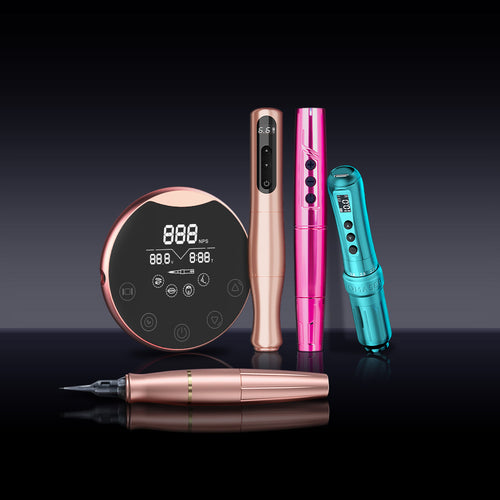

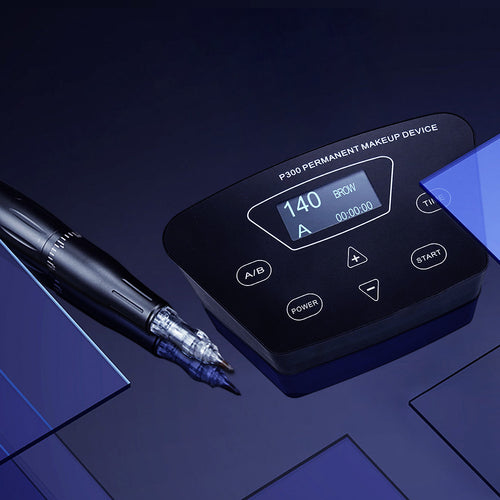
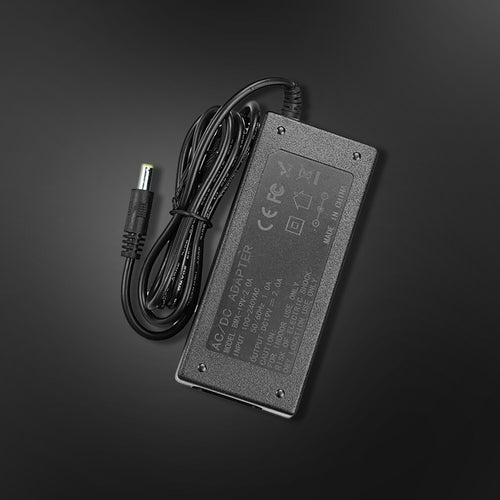
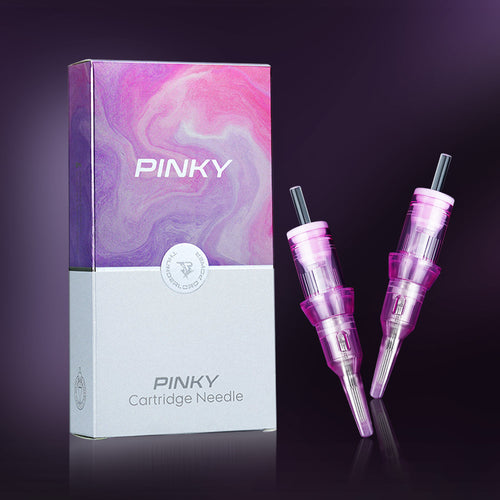

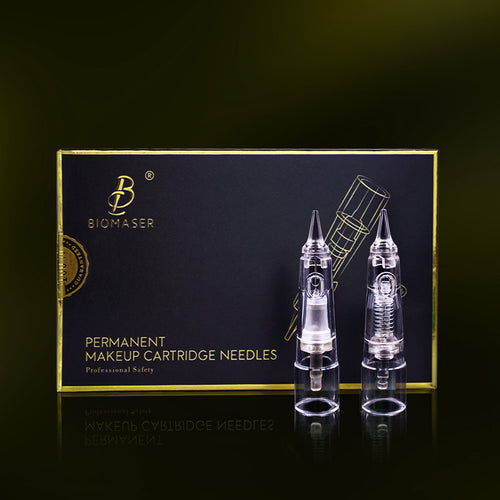
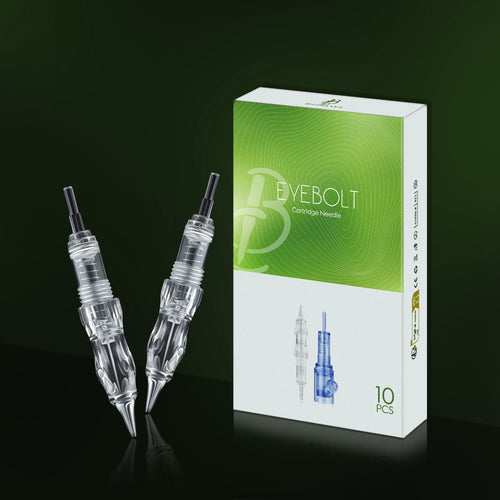

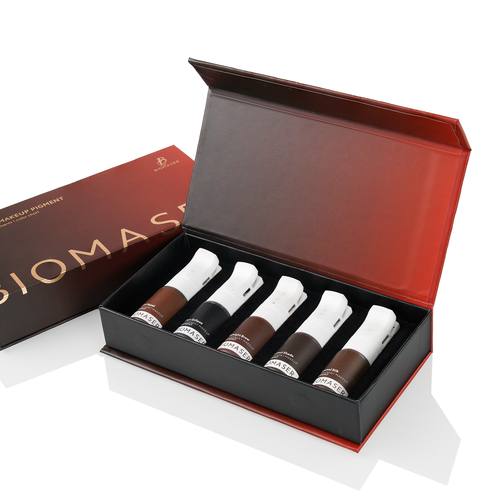
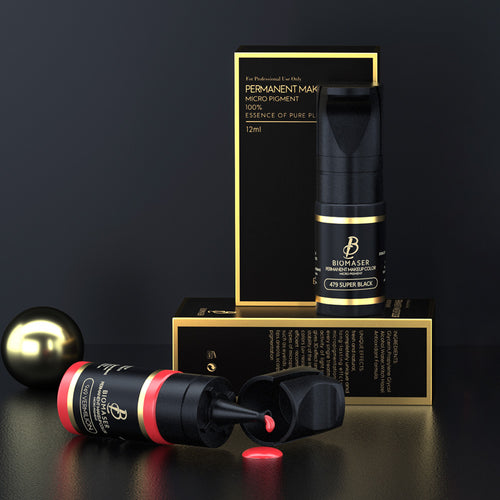
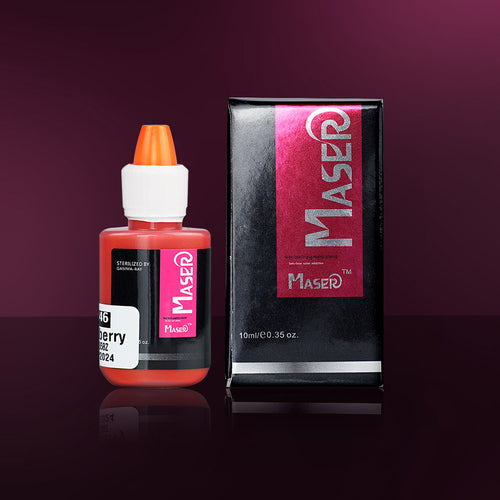
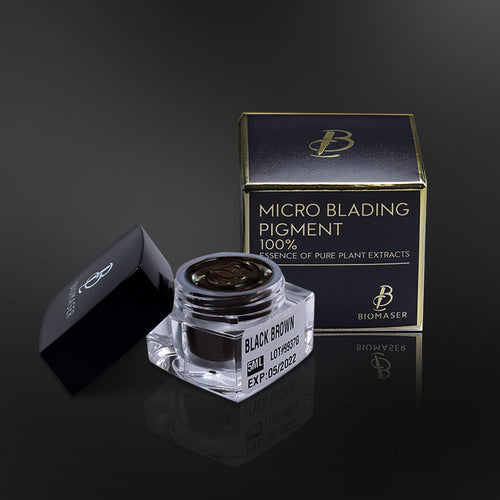
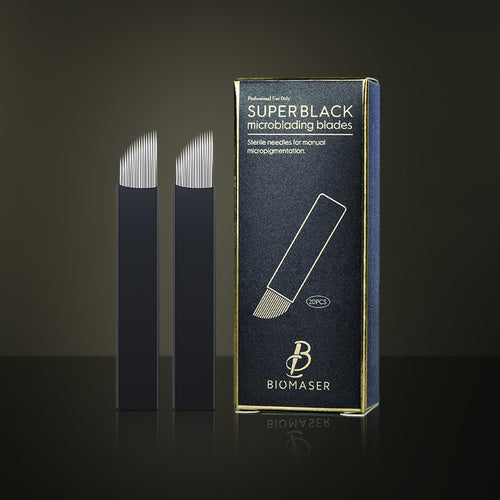
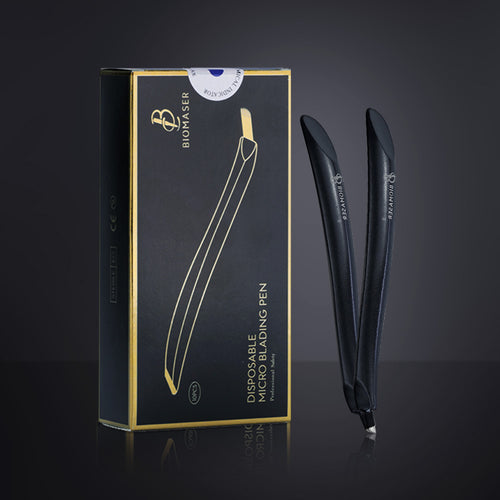
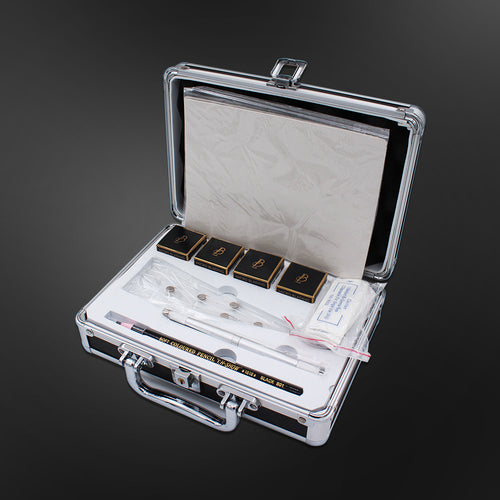
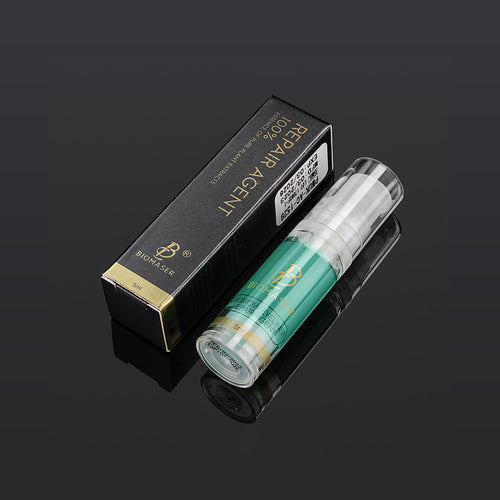
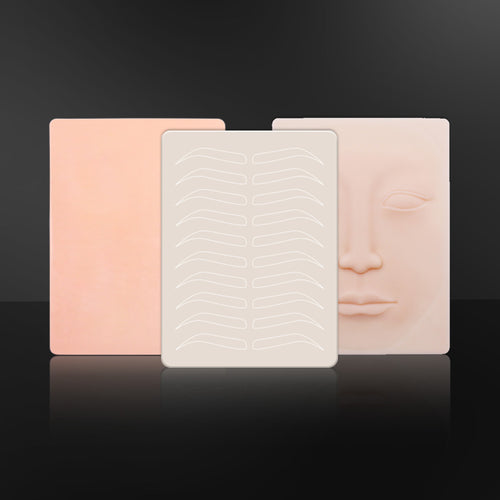
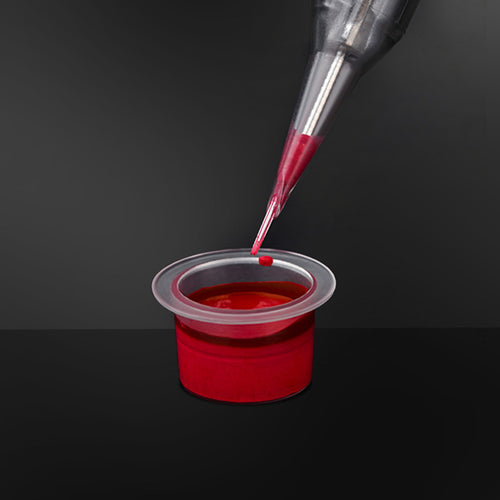
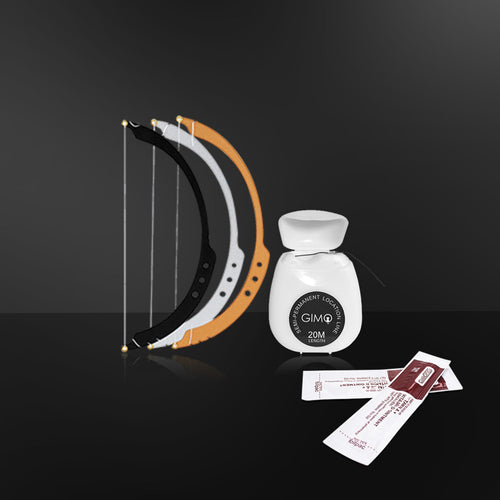
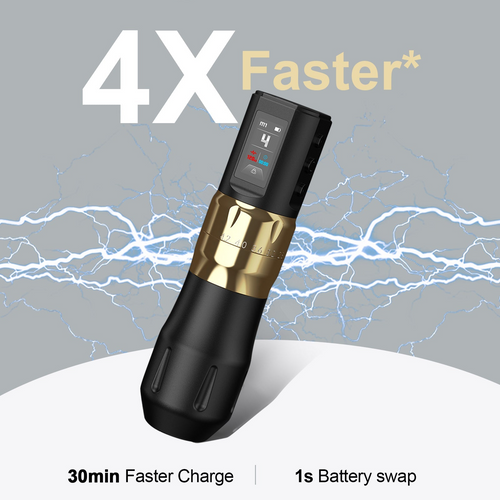
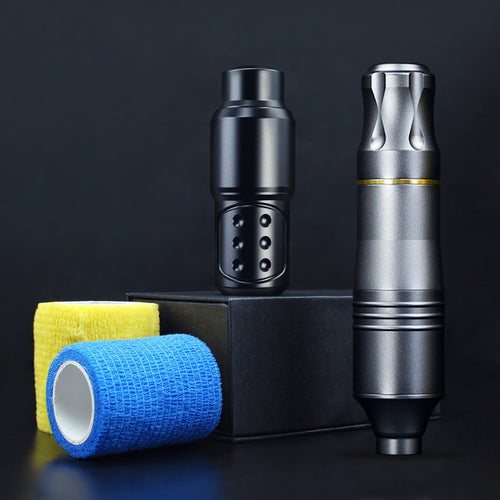
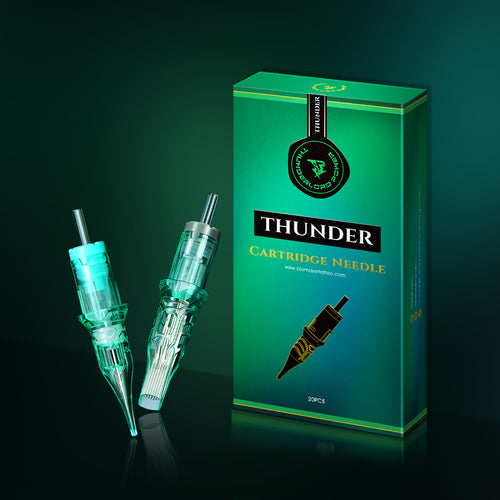
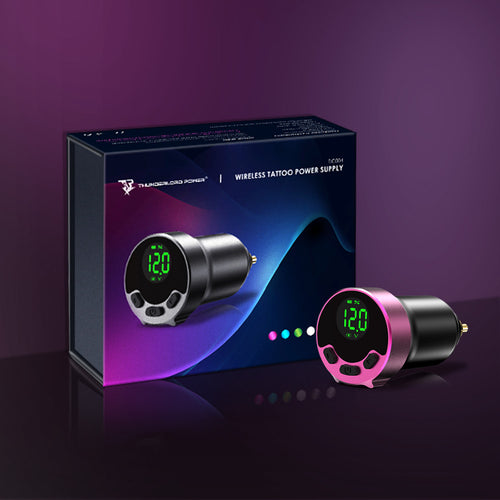
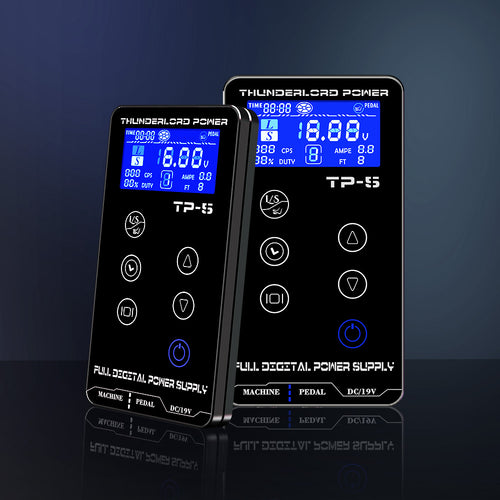
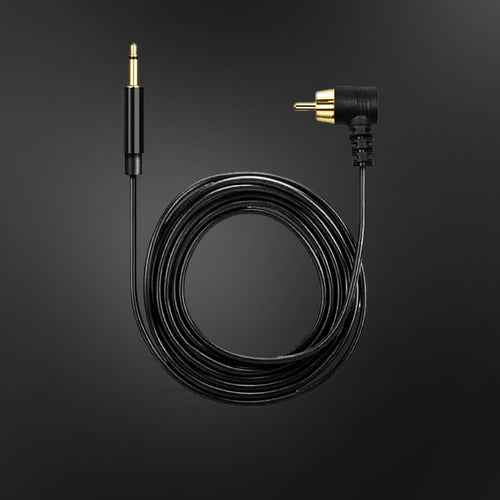
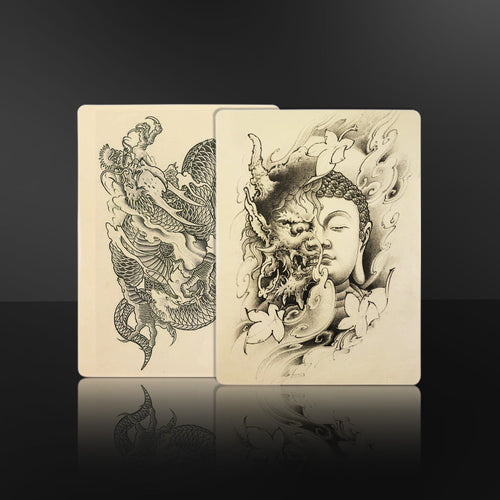

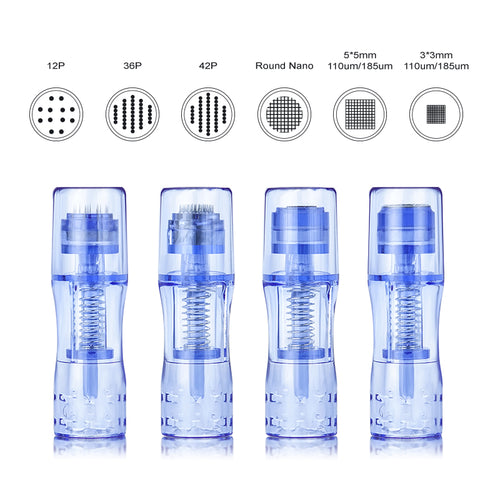
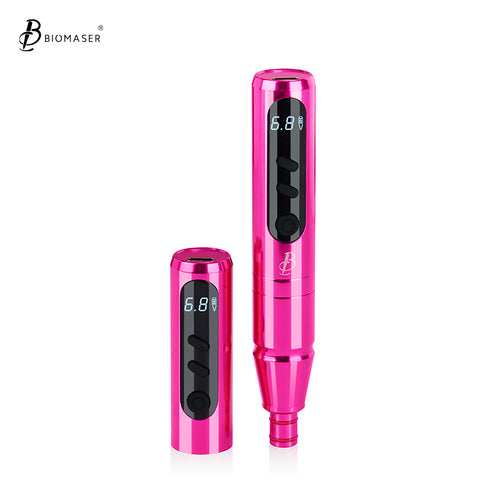
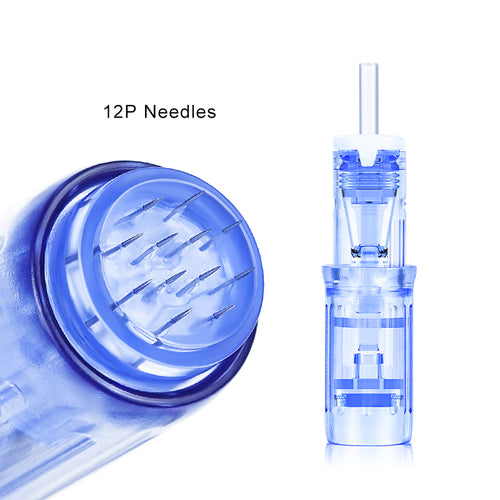
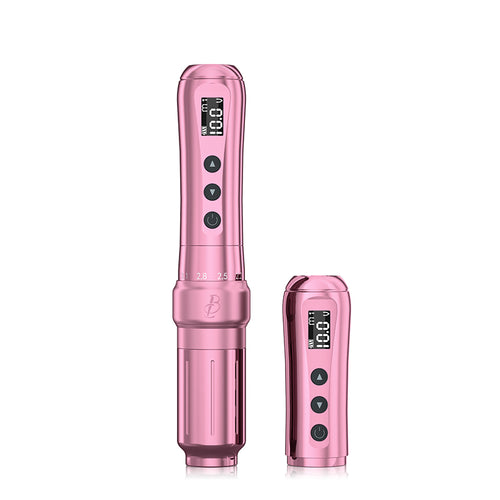
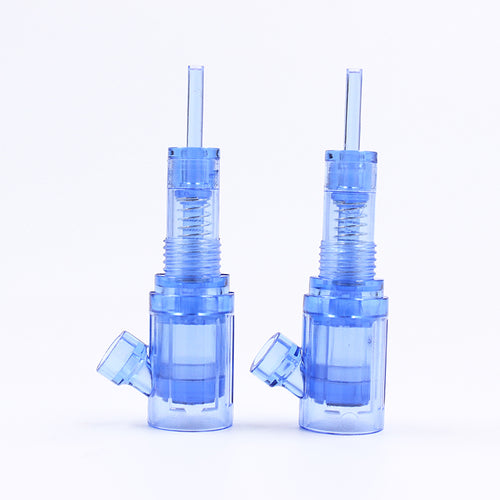
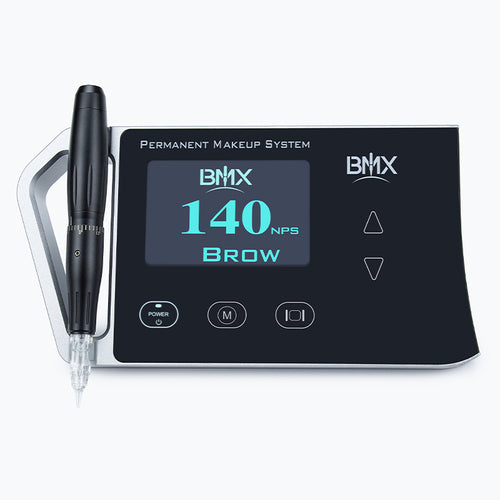
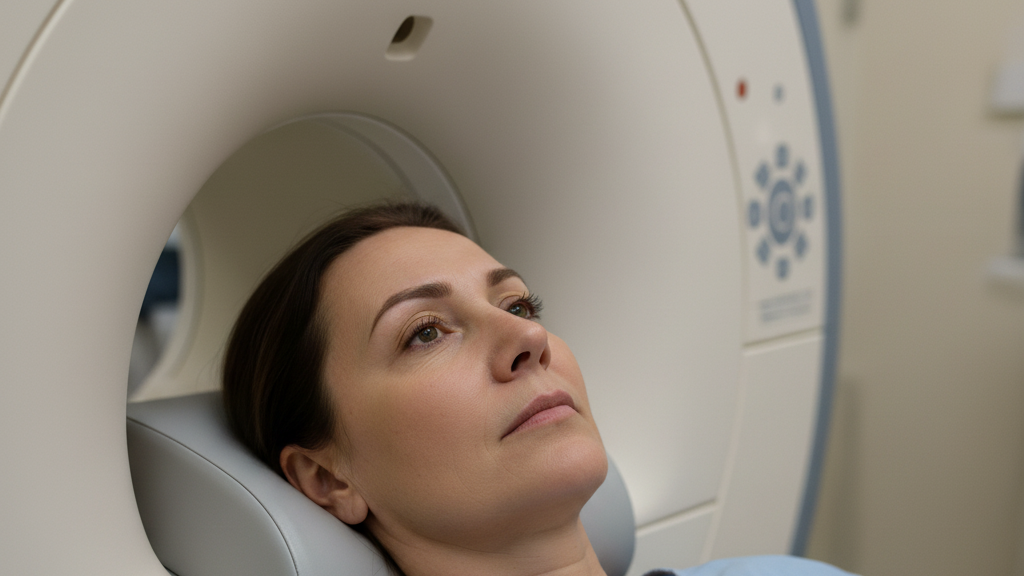


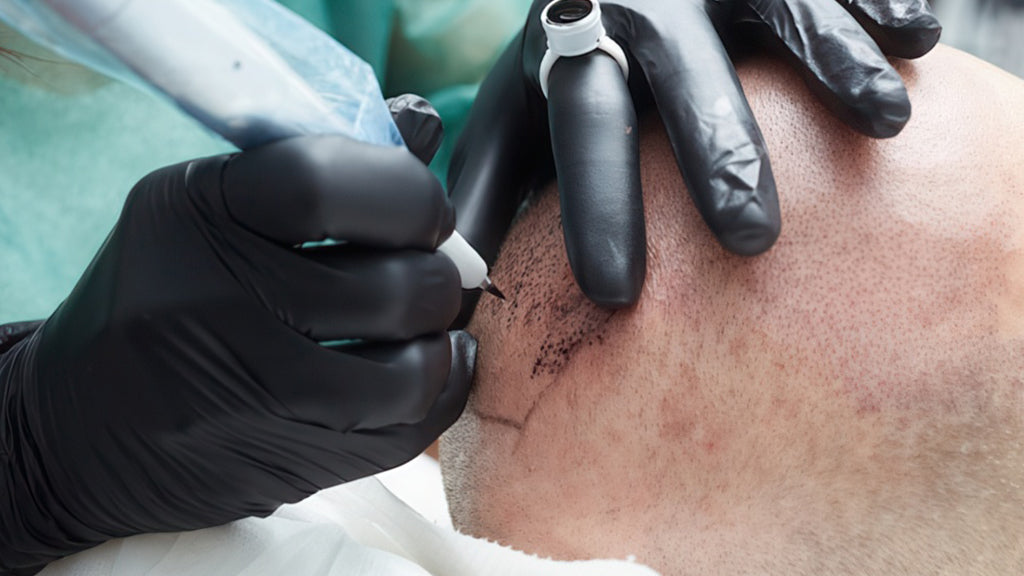
Hinterlasse einen Kommentar
Diese Website ist durch hCaptcha geschützt und es gelten die allgemeinen Geschäftsbedingungen und Datenschutzbestimmungen von hCaptcha.